Who doesn't know today the Goji berries? They are delicious red berries, small and precious, known for their very high content of nutrients and antioxidants, increasingly protagonists of a functional and conscious diet. But if their success is recent, the origin of Goji berries has its roots in a thousand-year history made of rites, traditional medicine and... suggestive legends.
Where do Goji berries come from?
Goji is a shrubby plant belonging to the Lycium genus, in particular Lycium barbarum and Lycium chinense. Its botanical and geographical origin is in Central Asia, between the Himalayan valley, Tibet, Mongolia and the western provinces of China. It is here that the plant grows spontaneously, adapting to poor soils but rich in minerals and capable of large seasonal temperature changes, conditions that stimulate the production of active phytocompounds.
In China, Goji has been known for thousands of years as one of the pillars of traditional medicine, so much so that it is cited in the famous treatise Shennong Bencao Jing. Here, the fruit is attributed with beneficial effects on the liver, kidneys, eyesight and immune system, many of which are now also studied by Western medicine. Goji is so symbolic in Asia that it is called the “fruit of longevity”, the “red diamond” or the “fruit of paradise”.
Goji in Tibetan legend
One of the most famous Tibetan legends tells of a sacred well near a monastery, around which Goji plants grew. The berries fell into the water, which was drunk by pilgrims. Over time, it was noted that those who drank from that well maintained a youthful appearance, strong teeth and black hair even in old age. A legend, certainly, but significant in telling the deep spiritual connection between this fruit and human well-being.
From Asia to Calabria: Favella Excellence
Today, the origin of Goji berries is no longer just Asian. In Italy, Favella was the first agricultural company in Europe to grow Goji. In the Sibari Plain, in Calabria, the Mediterranean climate, fertile soils and sustainable agricultural practices make it possible to produce Goji with an excellent nutritional profile. Unlike imported products, often dried for a long time and transported for weeks, Favella Goji is fresh, hand-picked and carefully treated to preserve carotenoids, including zeaxanthin dipalmitate, and all its properties and benefits.
A study by the University of Perugia has shown that Goji Favella contains more than double the carotenoids compared to the average, offering documented effects in terms of cellular protection, anti-aging and tumor prevention. A further confirmation of the quality that comes from the synergy between nature and scientific research.
Goji: Today a Superfood, Tomorrow a New Tradition
Goji is not only an exotic fruit to be rediscovered, but a resource that today also speaks Italian. Favella has been able to create a productive ecosystem where innovation, ethical agriculture and food culture merge. From fresh Goji berries to dried berries, each product is designed for those seeking a genuine diet that is at the same time rich in nutritional functions.
The origin of Goji berries takes us on a journey that spans centuries, continents and cultures. From oriental medicine to Calabrian cultivation, this small red fruit has earned a special place on our tables. And in the hearts of those who believe that well-being begins with what we eat.
Learn more about the difference between Asian Goji and the one grown in Europe by also consulting this scientific publication: “A Comparative Study on the Chemical Composition of Lycium barbarum Fruits” (Molecules, 2020).

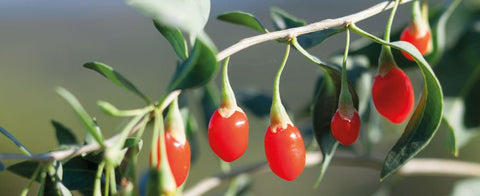


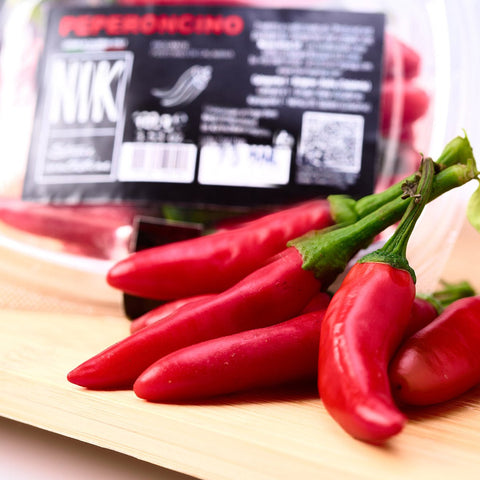
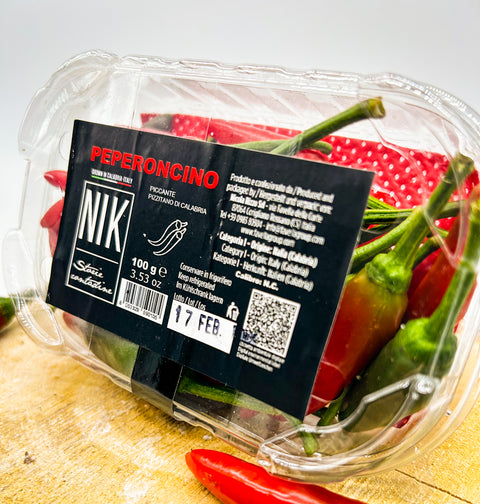

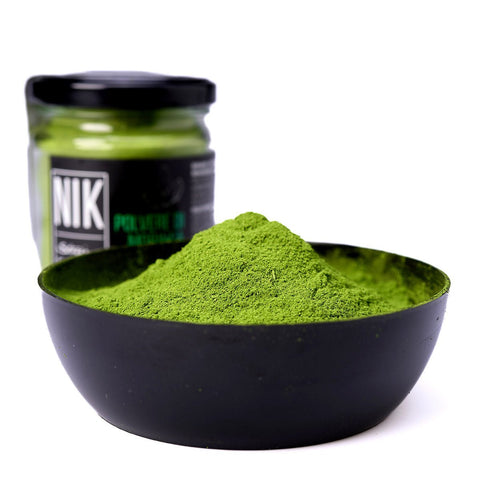

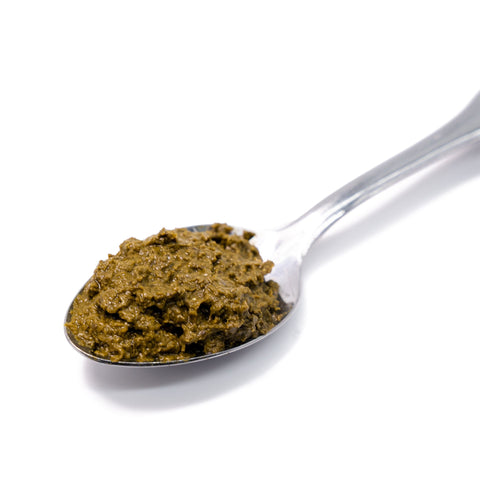

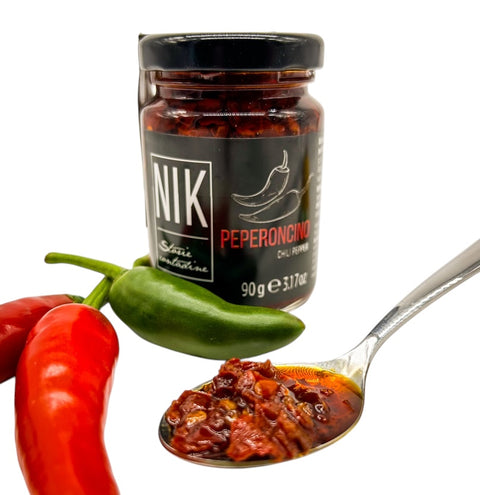
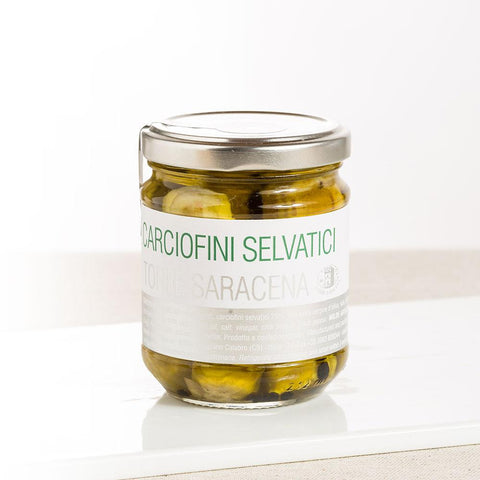
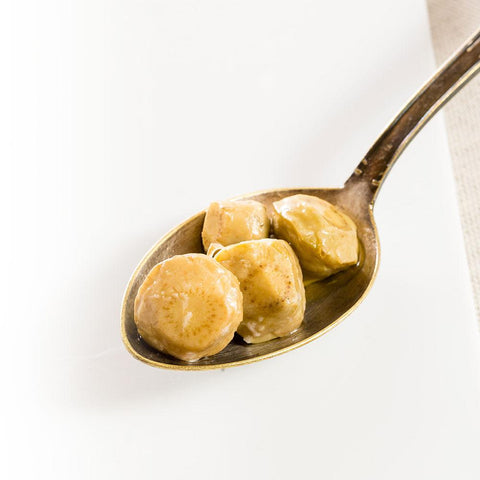
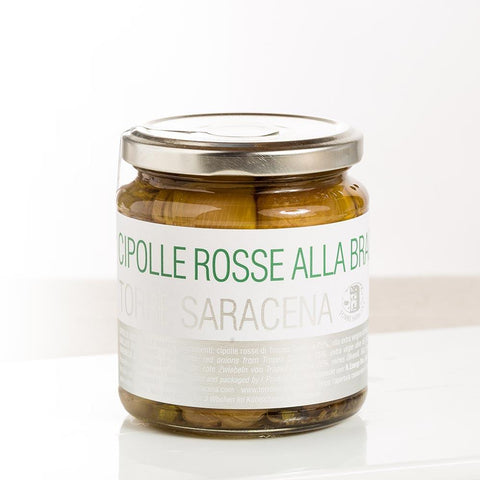
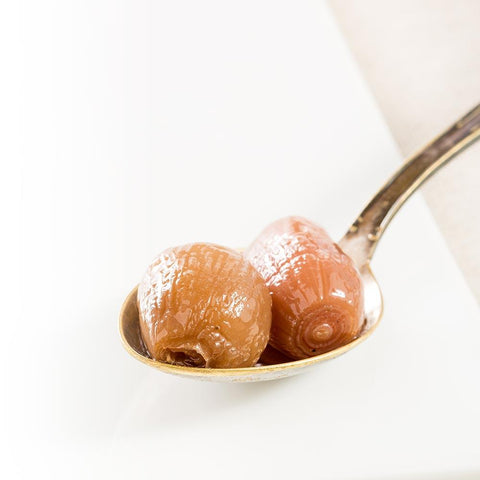
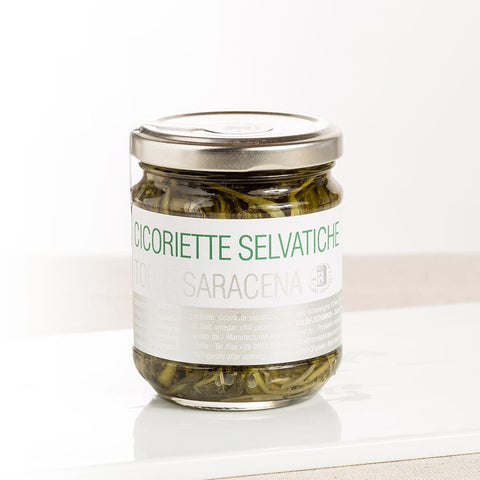
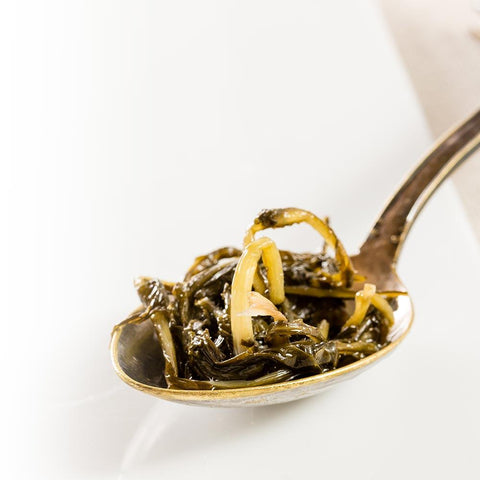
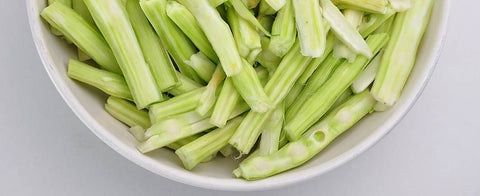

Comments (0)
There are no comments for this article. Be the first one to leave a message!